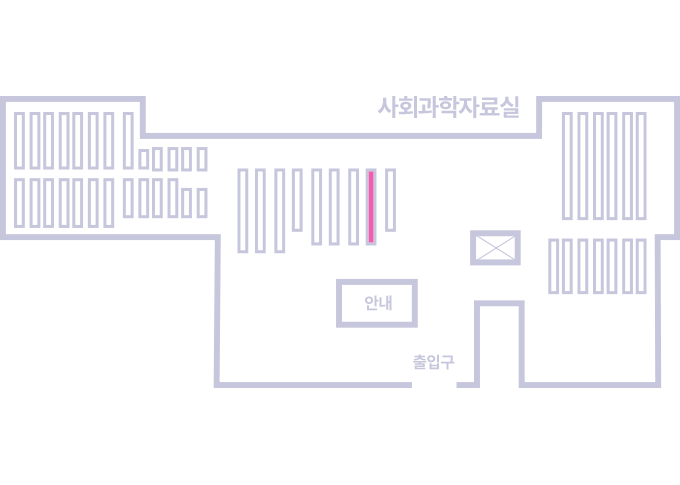권호기사보기
| 기사명 | 저자명 | 페이지 | 원문 | 기사목차 |
|---|
| 대표형(전거형, Authority) | 생물정보 | 이형(異形, Variant) | 소속 | 직위 | 직업 | 활동분야 | 주기 | 서지 | |
|---|---|---|---|---|---|---|---|---|---|
| 연구/단체명을 입력해주세요. | |||||||||
|
|
|
|
|
|
* 주제를 선택하시면 검색 상세로 이동합니다.
표제지
목차
제1장 서론 8
제1절 문제제기 및 연구목적 8
제2절 논문의 구성 10
제2장 이론적 논의 12
제1절 성범죄와 아동성범죄 보도에 관한 기존 연구 12
1. 성범죄 보도의 특성 12
2. 아동성범죄 보도의 특성 14
제2절 뉴스의 현실구성과 뉴스의 프레임 17
1. 뉴스의 현실구성 17
2. 뉴스의 프레임 18
제3장 연구문제 및 연구방법 23
제1절 연구문제 23
제2절 연구방법 23
1. 한·중 언론보도의 비교연구의 특성 23
2. 분석 대상 언론사의 선정 25
3. 분석 대상 자료의 수집 27
4. 사건 개요 29
5. 내용 분석 30
6. 분석 유목 30
7. 신뢰도 검증 34
제4장 연구결과 36
제1절 형식적 보도 특징 비교 36
1. 기사 유형 36
2. 기사 길이 39
3. 이미지 활용 41
4. 기사 제목 형식 46
제2절 내용적 보도 특징 비교 49
1. 사건 이름 49
2. 기사 제목 내용 52
3. 초점 55
4. 논조 59
5. 취재원 61
제3절 형식적 프레임 비교 76
제4절 내용적 프레임 비교 80
제5장 결론 및 제언 89
제1절 연구결과 요약 및 함의 89
제2절 연구의 한계점 및 제언 93
참고문헌 95
ABSTRACT 99
〈그림 1〉 '나주 초등생 성폭행 사건'의 현장 검증 44
〈그림 2〉 '나주 초등생 성폭행 사건' 범죄자 얼굴 44
〈그림 3〉 '나주 초등생 성폭행 사건'의 피해자를 치료하러 간 교수 44
〈그림 4〉 '해남 교장 성폭행 사건'의 범죄자와 호텔 프런트 44
〈그림 5〉 '해남 교장 성폭행 사건'의 범죄자와 피해자 유인 44
〈그림 6〉 SEAZEN 회장 검거 소식에 대한 검찰의 소셜 미디어의 캡처 44
〈그림 7〉 'SEAZEN 회장 성추행 사건'에 대한 SEAZEN 회사 주식 시장 시세 45
〈그림 8〉 '나주 초등생 성폭행 사건'의 피의자 현장 검증 86
〈그림 9〉 SEAZEN 회사의 주식 현황(1) 86
〈그림 10〉 SEAZEN 회사의 주식 현황(2) 86
In recent years, child sexual assault has occurred frequently. The active media coverage of child sexual abuse has brought the issue of child sexual abuse into public view. Through quantitative and qualitative analysis, the study analyzed reports of child sex crimes in leading media outlets in Korea and China to find out differences of reporting characteristics, frames between the two countries.
According to the research purposes, Chosun, Hani, and China News Agency have selected four cases of child sexual crimes in Korea and China over the past 10 years until 2020: Na-young event, Naju elementary school student sexual violence, Hainan principal sexual violence, and SEAZEN president indecency. A total of 485 reports directly related to selected cases were collected.
The research shows that both Korea and China prefer to report on child sexual crimes through 'straight report' which conveys objective information, and that they often use 'special project/ explanation' that help readers better understand the reports. Secondly, it is clear that both Korea and China tend to write medium-length stories and long stories about child sexual crimes. Thirdly, media outlets in South Korea and China, especially Hani and China News Agency, are restrained from using images in their coverage of child sexual crimes. Then, using quoted headlines is a distinctive feature of Korea in reporting child sexual crimes. Next, the 'victims-centered' case names are most frequently reported in Korea, while 'suspect and victim-centered' case names are most frequently reported in China. Besides, when Korea and China report on child sexual crimes, they often directly convey their core stories in headlines. After that, when South Korea and China are reporting on child sexual crimes, the contents of the reports are more focused on 'progress in cases', 'laws and institutions' and 'raising issues'. Afterwards, most of the reports on child sexual crimes in Korea and China are neutral. What's more, when South Korea and China report on child sexual crimes, most of the information comes from 'government/ government agencies/ judicial agencies'. In addition, most of the reports on child sexual crimes in Korea and China focus on the incident itself using an anecdotal-centered framework which is formal framework. Lastly, the most frequently used content framework in Korea and China is the "law and regulation framework," which deals with the interpretation of laws and regulations and the improvement of laws and regulations to prevent child sexual crimes.
The results of the previous research show that Korea and China share many similar characteristics in reporting child sexual crimes. In addition, the different news systems of South Korea and China, and the similar but different cases reported in both countries, make the report on child sexual crimes in both countries different in form and content.*표시는 필수 입력사항입니다.
| 전화번호 |
|---|
| 기사명 | 저자명 | 페이지 | 원문 | 기사목차 |
|---|
| 번호 | 발행일자 | 권호명 | 제본정보 | 자료실 | 원문 | 신청 페이지 |
|---|
도서위치안내: / 서가번호:

우편복사 목록담기를 완료하였습니다.
*표시는 필수 입력사항입니다.
저장 되었습니다.